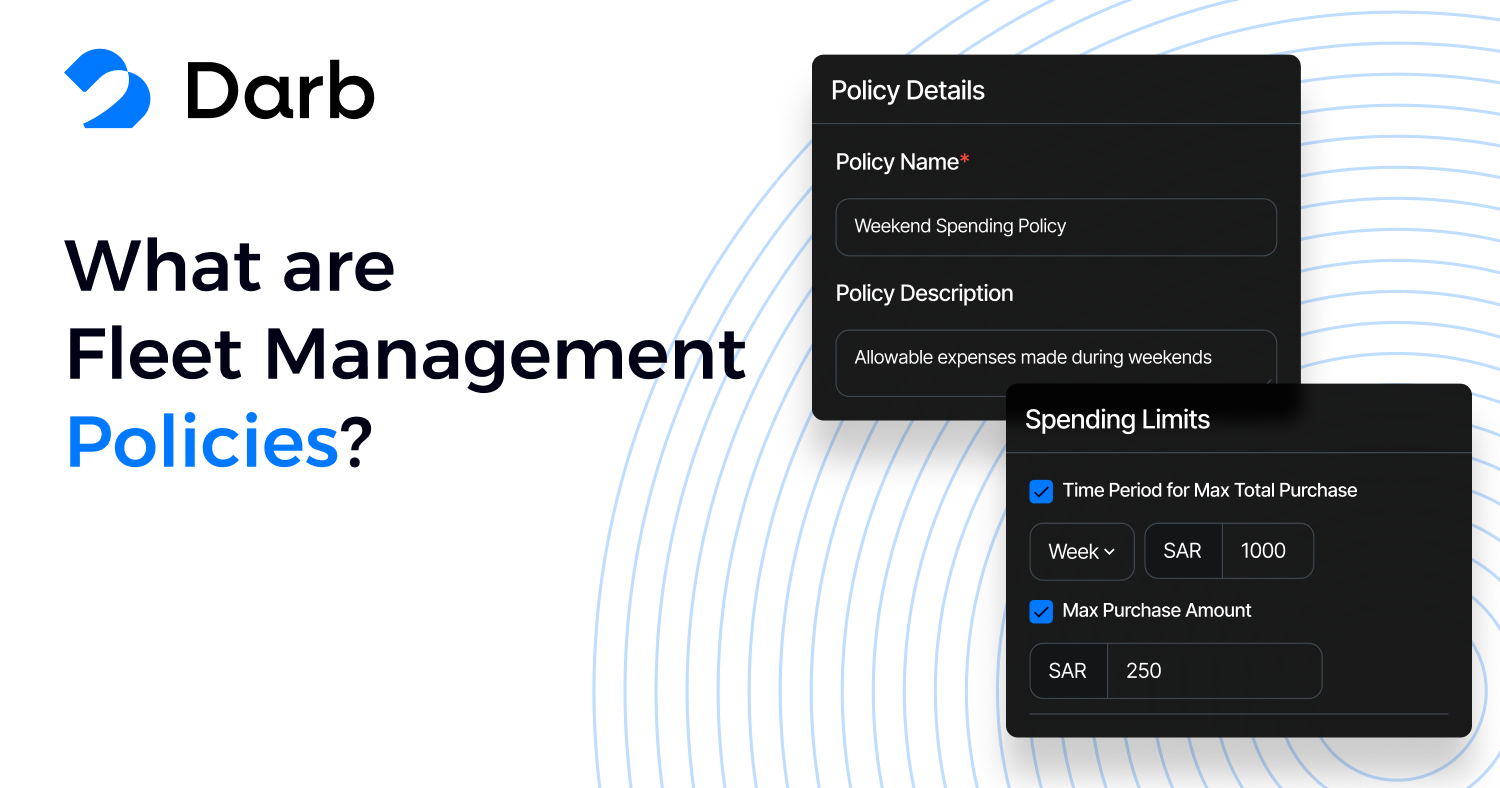Understanding Fleet Management Policies
Fleet management policies serve as a structured framework that defines how company vehicles are used, maintained, and monitored. These policies cover various aspects, including vehicle acquisition, driver responsibilities, fuel management, maintenance schedules, and compliance with safety regulations. Implementing strong fleet policies helps businesses reduce costs, improve vehicle longevity, and enhance driver safety.Key Components of Fleet Management Policies
1. Vehicle Acquisition and Disposal Policies
A well-defined policy should outline how vehicles are procured and retired. This includes:- Criteria for selecting vehicles (fuel efficiency, sustainability, cost, purpose)
- Lease vs. purchase considerations
- Guidelines for retiring or reselling older vehicles
- Environmental impact considerations
2. Driver Responsibility and Conduct
Establishing clear guidelines for driver behavior helps ensure safety and compliance. Policies should address:- Eligibility criteria for drivers (licensing, experience, background checks)
- Code of conduct while using company vehicles
- Rules regarding personal use of fleet vehicles
- Consequences for violations such as reckless driving or DUI
3. Fuel Management Policies
Fuel is one of the largest expenses in fleet operations, making efficient fuel management a priority. Policies should include:- Preferred fuel stations and fuel card usage
- Guidelines for tracking fuel consumption
- Strategies for reducing fuel costs (efficient route planning, fuel-efficient driving practices)
- Reporting and monitoring of fuel expenses
4. Maintenance and Repair Guidelines
Regular maintenance ensures vehicle safety and longevity. A maintenance policy should specify:- Scheduled maintenance routines and inspections
- Approved service providers
- Procedures for reporting and addressing repairs
- Guidelines for vehicle downtime and replacements
5. Safety and Compliance Standards
Ensuring fleet safety is a top priority. Safety policies should cover:- Compliance with local, state, and federal transportation laws
- Driver training programs and defensive driving courses
- Use of telematics and tracking devices
- Emergency procedures and accident reporting protocols
6. Fleet Insurance and Risk Management
Managing risks associated with fleet operations requires comprehensive insurance policies. These should include:- Types of insurance coverage required (liability, collision, comprehensive)
- Claims reporting procedures
- Strategies for minimizing insurance costs
- Policies for uninsured or underinsured incidents
7. Telematics and Vehicle Tracking Policies
With the advent of GPS and telematics, fleet monitoring has become more efficient. A policy should define:- Usage of GPS tracking systems for route optimization
- Data collection and privacy considerations
- Compliance with regulations regarding tracking employees
- Implementation of telematics for driver performance monitoring
8. Environmental and Sustainability Policies
Many businesses are adopting greener fleet management policies to reduce their carbon footprint. These policies may include:- Transitioning to electric or hybrid vehicles
- Promoting eco-friendly driving habits
- Reducing idle time and emissions
- Using sustainable fuel alternatives
Why Fleet Management Policies Matter
Implementing effective fleet management policies brings numerous benefits to an organization, including:- Cost Savings: Structured fuel management, maintenance, and driver efficiency strategies reduce operational costs.
- Improved Safety: Clearly defined safety standards help minimize accidents and liability risks.
- Regulatory Compliance: Policies ensure that fleet operations adhere to local and national laws.
- Increased Efficiency: Streamlined vehicle management and tracking systems lead to better productivity.
- Environmental Responsibility: Sustainable policies contribute to corporate social responsibility goals.
Best Practices for Implementing Fleet Management Policies
To maximize the benefits of fleet management policies, organizations should follow these best practices:- Customize Policies for Business Needs: Tailor policies to fit specific business requirements and industry standards.
- Regularly Review and Update Policies: Fleet policies should evolve with changing regulations and technological advancements.
- Train Employees and Drivers: Educate fleet operators on compliance, safety, and best practices.
- Leverage Technology: Use fleet management software and telematics to track vehicles and optimize performance.
- Monitor Compliance and Enforce Policies: Regular audits and feedback mechanisms ensure adherence to established policies.






